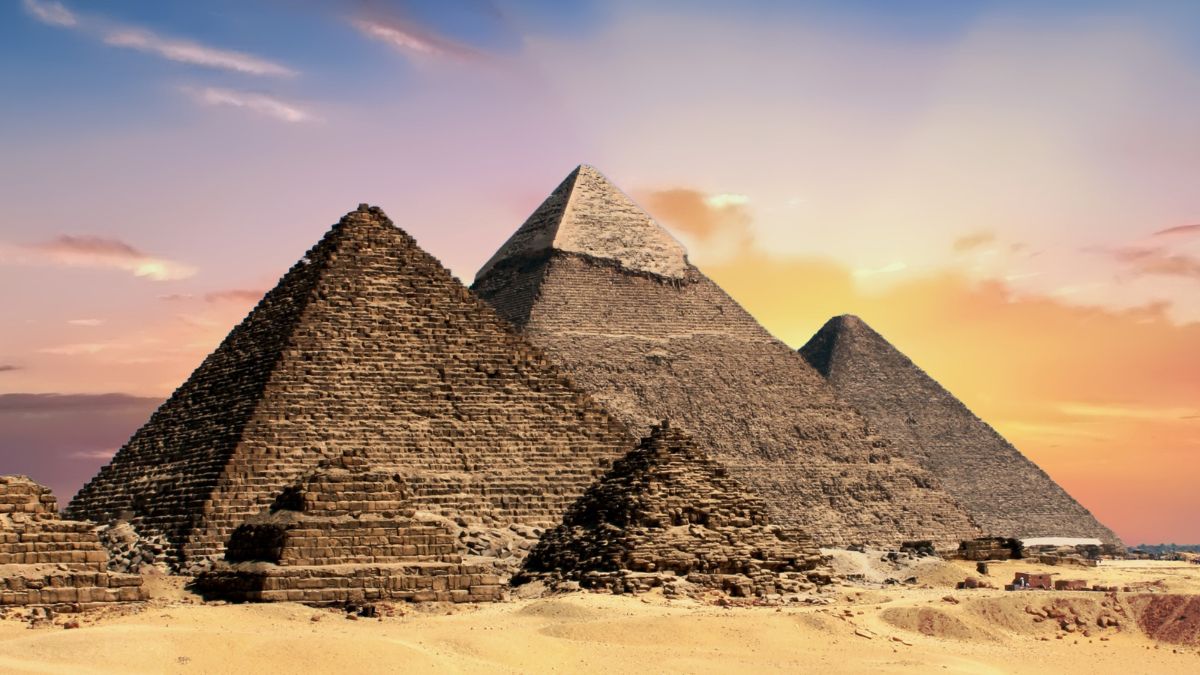Kalidasa (Classical Sanskrit Literature)
Kalidasa (Classical Sanskrit Literature)
Queen Nefertiti – Ancient Egypt

Queen Nefertiti – Ancient Egypt
In the vast sands of time, where history whispers secrets of bygone eras, the name of Queen Nefertiti resonates like a timeless symphony, echoing through the millennia. This enigmatic queen of Ancient Egypt, whose very name means “the beautiful one has come,” has captivated scholars and dreamers alike with her unparalleled beauty and profound mystery.
Nefertiti, the Great Royal Wife of Pharaoh Akhenaten, ascended to heights of power in the 14th century BCE, in an Egypt vibrant with art, culture, and revolutionary ideas. She was not just a queen; she was a symbol of divine femininity, a beacon of elegance, and a catalyst for religious upheaval.
Imagine, if you will, the sun rising over the Nile, its golden rays illuminating the grandeur of Thebes, the capital city. Here, amidst the colossal statues and towering pyramids, Nefertiti reigned with a grace that seemed to challenge the gods. Her reign was a golden age of art, where the traditional rigid and formulaic styles gave way to more fluid and realistic depictions. It was Nefertiti’s visage, immortalized in the famous bust now residing in the Neues Museum in Berlin, that came to define this artistic revolution. Her almond-shaped eyes, high cheekbones, and the enigmatic smile have entranced millions, making her bust one of the most copied works of ancient art.
But Nefertiti was more than just a passive muse for art; she was a ruler whose influence in the political and religious realms of Egypt was unprecedented. Alongside Akhenaten, she played a pivotal role in one of the most radical religious transformations in ancient history. Together, they uprooted centuries of traditional Egyptian polytheism to establish the worship of a single deity, Aten, the sun disk. This was not merely a religious reformation; it was a revolution that shook the very foundations of Egyptian society.
As the sun set on her reign, the mystery of Nefertiti deepened. Her disappearance from historical records has puzzled historians and archaeologists for generations. Did she die? Was she exiled? Or did she, as some suggest, reign as a Pharaoh herself under a different name? The sands of Egypt keep her secrets well, leaving us to wonder and speculate.
Nefertiti’s legacy extends far beyond her time. In the modern world, she has become an icon of feminine power and beauty, representing the enduring allure of Ancient Egypt. She inspires artists, writers, and filmmakers, serving as a bridge between the past and the present, between myth and reality.
In the heart of every history enthusiast, Nefertiti lives on, a queen of beauty and mystery, whose story is woven into the fabric of human civilization. Her life, shrouded in enigma, continues to beckon the curious, urging them to delve deeper into the rich tapestry of human history. In the whispers of the desert winds, in the shadow of the pyramids, the spirit of Nefertiti remains, as awe-inspiring and majestic as ever, a true queen of the ages.